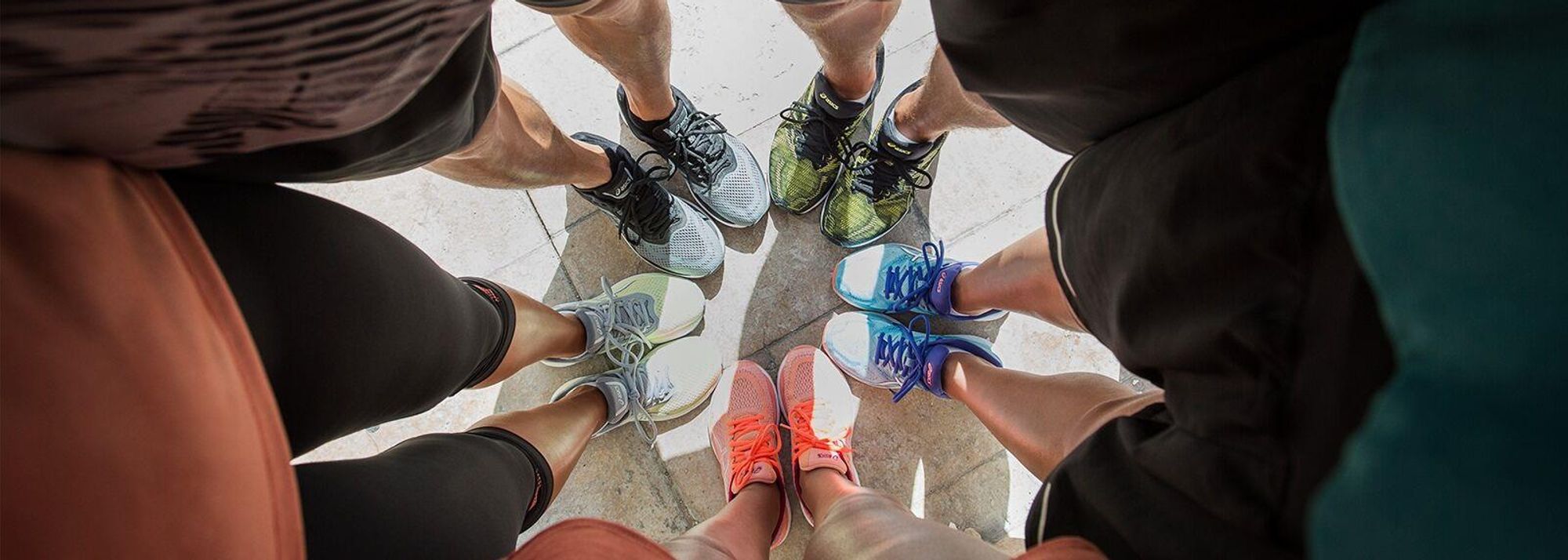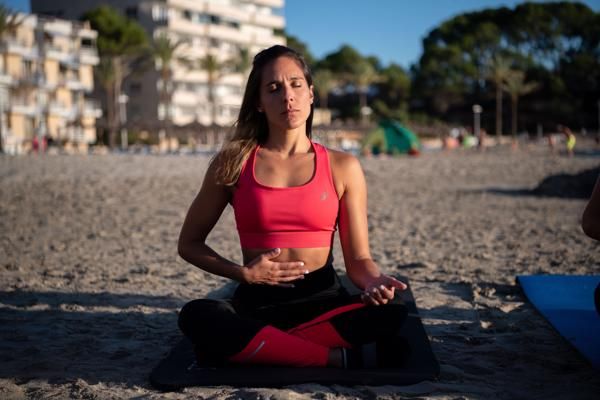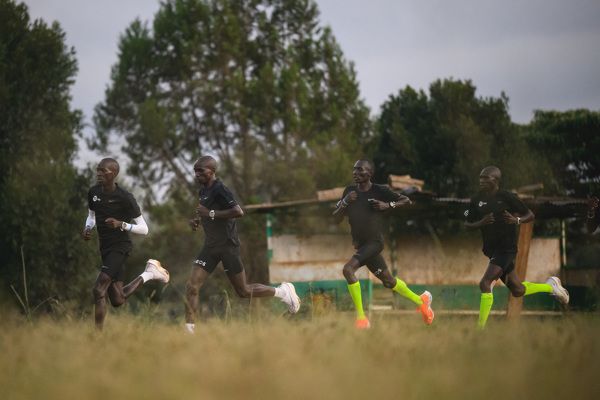Running shoes (© ASICS)
Whatever your level of ability, it’s important to find suitable shoes to run in – especially if you plan on spending more time in your running shoes.
Research has shown that runners are at a higher risk of injury if they aren’t wearing the right shoe for their foot type. A comfortable running shoe is a shoe that fits, but finding one is not always easy. The first step is getting to know your personal running style in order to find a pair of shoes that fit you perfectly.
“Buying running shoes can be complicated and confusing,” says sports podiatrist Mick Habgood. “But buying the right pair for you is vital to avoid injury when running.”
What is pronation and why does it matter?
Pronation is the natural movement of your foot as you walk or run. Your foot is a complex structure with many bones, joints, ligaments, muscles and tendons. When you run, forces are applied from the ground, which in most cases causes your foot to roll in (pronate) to absorb the shock. Other runners, however, will supinate (foot rolls outwards), while some are neutral.
“I’d always recommend that runners have a gait analysis before buying a pair of shoes to ensure that they end up with the right shoe for them,” adds Habgood. “Not only could this help to reduce the risk of injury, but it could also help to improve their overall comfort and performance.”
A gait analysis isn’t just for top runners. Aside from will also tell you if you need a neutral or a stability shoe.
“We’re not all built the same and we all have different running techniques, but I definitely see a lot more runners who over-pronate in my clinic,” says Habgood. “It’s for these runners that I’d prescribe a stability shoe.”
Clifton Bradeley, a sub-four-minute miler and specialist musculoskeletal sports podiatrist, explains what each type of running shoe means.
Pronated feet = maximum support running shoes
This category is the most supportive and controlling and are designed to slow down excessive pronation. They tend to have a carbon rubber outer sole for durability and offer maximum ground contact and stability.

Neutral feet = cushioned / neutral shoes
Cushioned shoes generally have no motion control features and are lighter. They encourage faster movement and feel softer under-foot. These shoes are great for neutral foot types who are less than 82kg in weight and orthotic wearers. If you have a neutral foot type but are over 82kg in weight, consider structured cushioning shoes, which offer a little more support.

Supinated feet = structured cushioned / stability shoes
These shoes offer a good blend of motion control and cushioning. They are not as heavy and controlling as maximum support running shoes, but still offer excellent support. This is the most popular category of training shoes.

Other considerations
Purpose
Will you be road running, running on a purpose-built track or perhaps on a forest trail? All these surfaces require a different kind of shoe. Another basic distinction is between racing and training shoes.
Another important factor when choosing the correct running shoe for you is to think about the sort of distances you’ll be covering. If you’re training for a marathon, then you’ll require a more cushioned shoe that can withstand all those hard miles and provide maximum protection from impact injuries. If you want to run at a faster pace over shorter distances, then lightweight running shoes, which weigh less and come with more flexible cushioning, are incredibly comfortable and can decrease your fatigue during a run.
Fit
Keep an open mind with your shoe size and remember the following: The more you run, the more room you need. The further you run, the more your foot will naturally expand. This means it's wise to have just a little extra room in your shoe.
The width of your shoe is equally as important as the length when it comes to a good fit. People are not always built in perfect proportion and often have wider or narrower feet than the 'norm'.
When to replace
It’s generally recommended that runners replace their shoes every 500-800km (300-500 miles). That’s very roughly the kind of distance you’d cover when training for one marathon. After this distance, most running shoes will experience a fairly significant amount of wear and tear and no longer offer the kind of support you need. If you’re a heavier person, you’ll likely need to replace them more often than someone with a lighter frame.
The ASICS website has further advice on choosing the right running shoe.
Find your ideal shoe
Use the ASICS shoe-finder tool to discover which running shoe is best for you. Simply answer four quick questions and the tool will pair you with technologies and shoes that fit the way you move.












